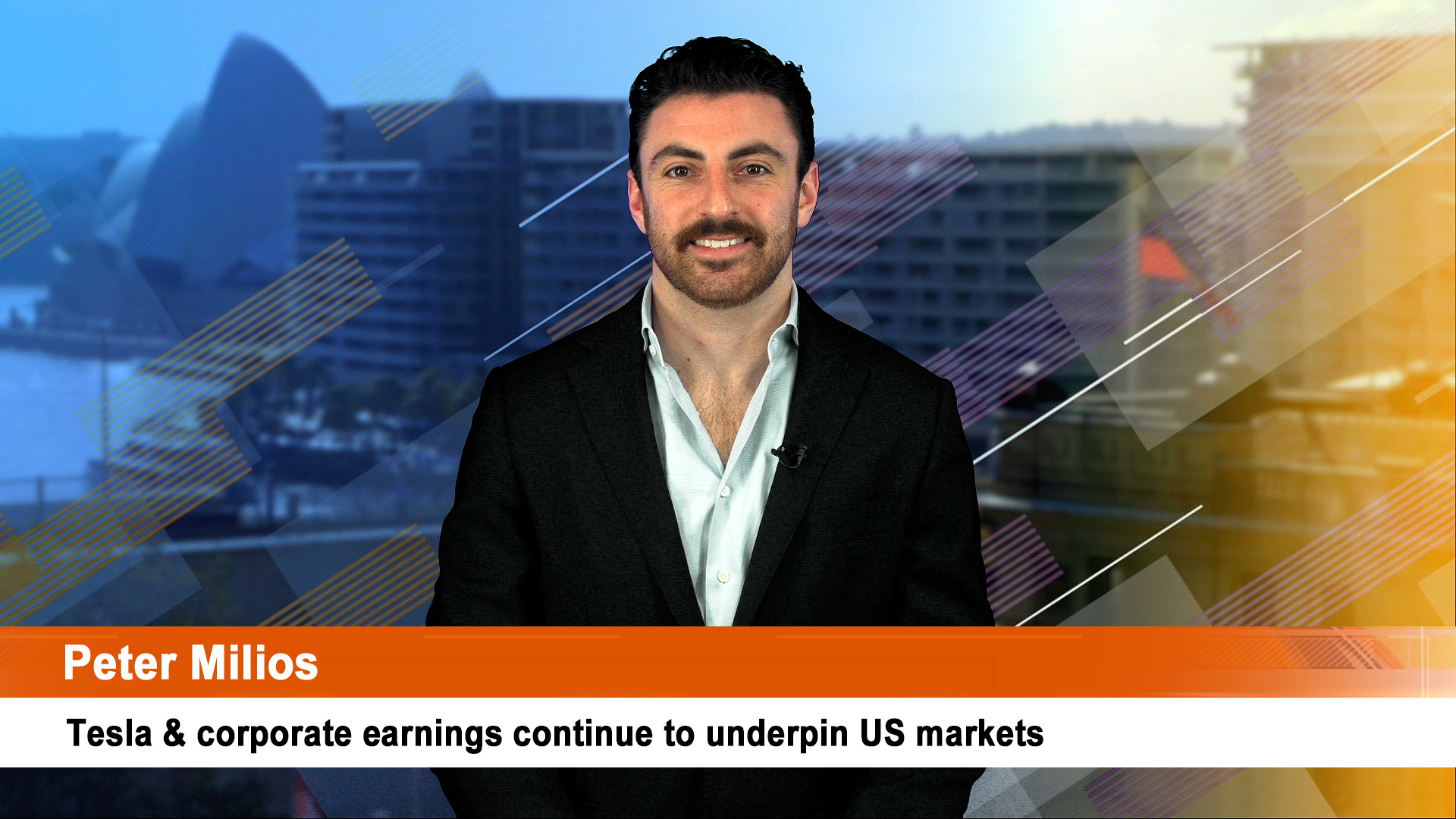Strong quarterlies from the country’s two major oil and gas groups Woodside and Santos on Thursday thanks in part to two big takeovers each has made in the past year.
Those deals helped Woodside Energy and Santos to more profitably ride the energy price boom triggered by the Russian invasion of Ukraine and the subsequent supply crisis in Europe, and parts of Asia.
Neither company revealed any margins or earnings data but the surge in revenue tells us the full year figures will be records when reported next February will be records.
Santos can thank the price boom and its takeover of Oil Search from late 20121, Woodside has the BHP takeover and its favourable impact on production and sales at the right time as global prices for both oil and gas (especially LNG) boomed.
Shareholders responded to the new with Woodside shares up more than 6% at $34.56 while Santos shares rose 2% to $7.53.
Woodside posted record sales in the September quarter on surging gas prices and higher output as the full impact of the BHP oil and gas business hit home.
The news in the third quarter exploration and development report saw the shares jump 5% to $34.20 before easing a little.
The quarterly report was a document full of records, thanks to the boost from the BHP deal.
Woodside assumed control of the BHP assets in June, so there was only a small contribution to the second quarter and it was the three months to September 30 that saw the full benefit emerge.
That benefit will be now seen in quarterly figures over the next year.
The company revealed record production of 51.2 million barrels of oil equivalent (MMboe), up 52%, record sales volume of 57.1 MMboe, up 59% and this produced record revenue of US$5.858 billion, up 70% (or around $A9.3 billion) from the June quarter this year but up 272% from the $US1.5 billion reported for the third quarter of 2021.
That saw revenue for the first 9 months of 2022 hit a record $US11.69 billion, almost three times the $US4 billion for the first 9 months of 2021.
That was also helped by a 7% lift in the average realised price of $US102 a barrel of oil equivalent.
And Woodside has upped its annual production guidance to record levels as well – it is now the range of 153 MMboe to 157 MMboe, compared to its previous guidance of 145 MMboe to 153 MMboe.
For CEO Meg O’Neil, the quarterly result was payoff time for the merger she drove.
“This is our first full quarter following the merger and these results demonstrate the new, expanded Woodside is delivering what we promised: safe, reliable energy from a more diverse portfolio.”
Woodside lifted its exploration expenditure guidance up by $US100 million to the range of $US500 million to $US600 million.
This reflects its decision to exit from its exploration position in the Orphan Basin, offshore Canada. Woodside expects this decision to impact FY 2022’s net profit after tax by approximately $US140 million.
Ms O’Neil said in Thursday’s statement that “Work on our major projects progressed to plan. The first stage of the Pluto Train 2 construction accommodation village in Karratha has been completed and fabrication of the subsea flowlines for the development of Scarborough commenced.
“Overall, the Scarborough and Pluto Train 2 projects combined were 21% complete at the end of the quarter and remain on track for targeted first LNG cargo in 2026.
“At Sangomar (Senegal) the subsea installation campaign began in September and development drilling progressed, with six of the planned 23 wells now complete. The project was 70% complete at quarter end with first oil targeted for the second half of 2023.
“Two long-term marketing deals signed during the quarter will strengthen Woodside’s trading position in the Atlantic Basin. Woodside entered into a long-term sale and purchase agreement (SPA) with Uniper Global Commodities to supply LNG from our global portfolio from 2023 into Europe, where buyers are urgently seeking alternatives to Russian gas. We also signed an SPA for supply from the proposed Commonwealth LNG export facility in Louisiana.
“We announced plans for the Hydrogen Refueller @H2Perth, a self-contained hydrogen production, storage and refuelling station, which would assist in stimulating the hydrogen economy in Western Australia.
“We also awarded a contract in October for electrolysers for the proposed H2OK hydrogen project, a significant milestone towards our targeted final investment decision in 2023. Front-end engineering design activities for H2OK are well advanced.
“Woodside’s plans to build carbon capture and storage capability progressed during the quarter with the award of a greenhouse gas assessment permit over the Calliance field in August. We are also participating in joint ventures which were awarded greenhouse gas assessment permits in the Northern Carnarvon and Bonaparte basins.
…………
The surge in prices for gas and strong third quarter production saw Santos post record quarterly free cash flow and sales revenue for the three months to September.
Higher LNG and domestic gas prices were partially offset by lower oil prices over the period.
Production reached 26.1 million barrels of oil equivalent (MMboe) – up 2% quarter on quarter while sales volumes lifted 9% quarter-on-quarter to 29.9 million barrels of oil equivalent
Quarterly sales revenue lifted 15% to $U2.15 billion. That saw year to date sales revenue for the nine months to September reach a record $US5.9 billion – up 86% year-on-year and heading for close to $US8 billion for the full year.
Year to date, free cash flow sits at $US2.7 billion – a 194% year-on-year improvement after a $US1 billion inflow in the September quarter.
Santos said its average realised LNG price was $US16.76 a million British Thermal Units (MBtus) and its realised price for domestic gas was $U5.97 a gigajoule. The company’s average realised price was $US108.21 a barrel last quarter.
Santos also said its Cooper Basin third-party oil volumes slipped last quarter after revised crude oil processing agreements were implemented but that was offset by increasing east coast sales gas purchases.
Gas production was boosted due to an increase in Western Australia domestic sales gas customer nominations and higher PNG production, partially offset by wet weather impacts in the Cooper Basin and Queensland.
Santos CEO Kevin Gallagher said in the statement
“Given the ongoing strong customer demand for our product now and into the future, Australia’s role as a major energy-producing nation has never been more important. As the world sees strong demand for our products, we continue to focus on the critical dual purposes of delivering the energy the world needs while investing to decarbonise the energy supply chain.”
Santos also updated its 2022 forecast but unlike Woodside, the revisions were down because of changed processing agreements in the Cooper Basin.
Production guidance was dropped to between 103 million barrels of oil equivalent and 106 million barrels of oil equivalent.
The company’s sales volume guidance was also lowered to between 110 million barrels of oil equivalent and 114 million barrels of oil equivalent. That’s due to the implementation of the revised Cooper Basin crude oil processing agreements.
Santos assured the market the change won’t impact profits or cash flow.
Santos also said that it had wrung $US112 million in “sustaining annual synergies” in the first nine months of integration with Oil Search.













